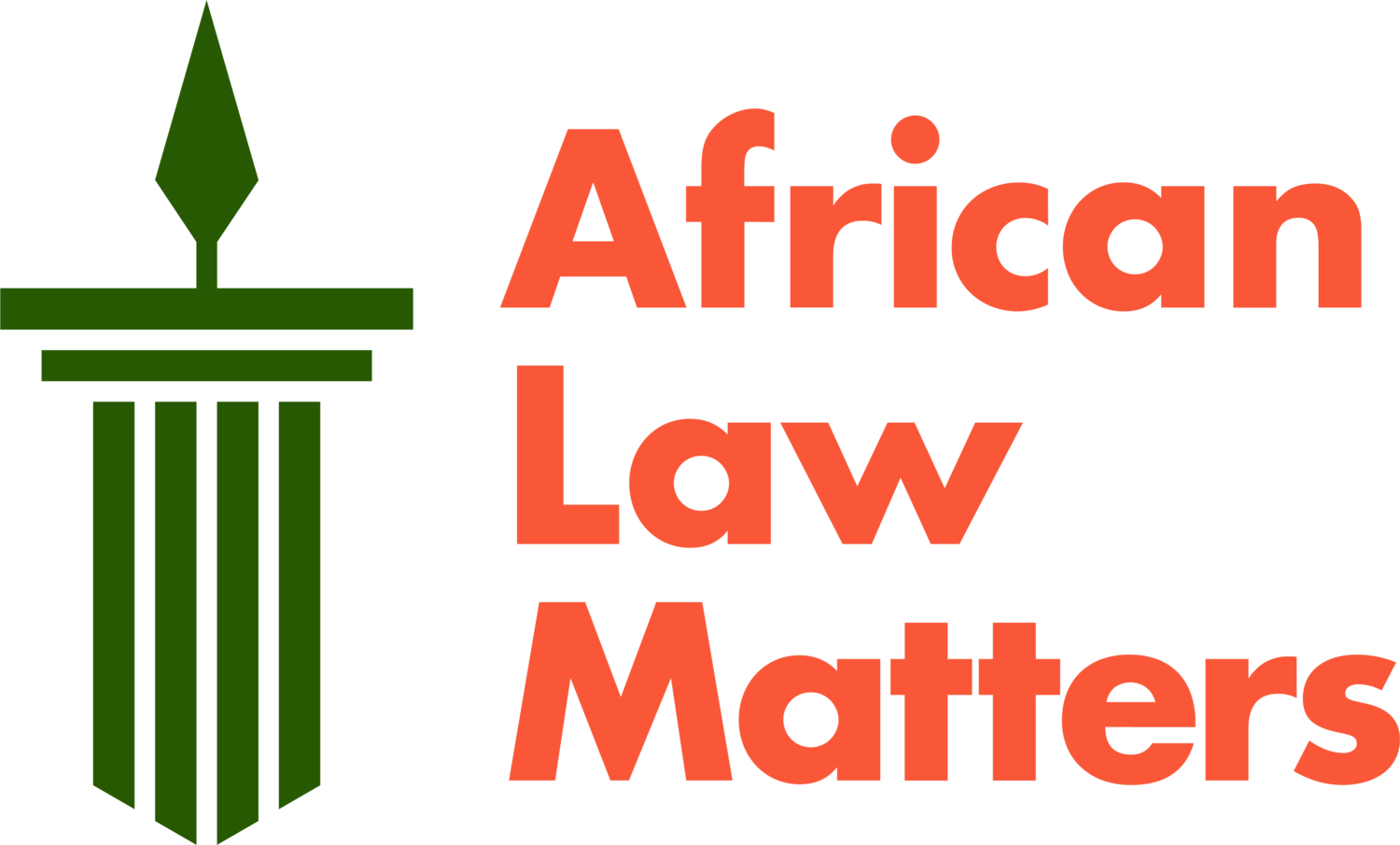The Impact of Child Labor Legislation in the DRC
Picture Credit: G. Dubourthoumieu/The Carter Center
The Democratic Republic of Congo (DRC) possesses some of the largest mineral deposits, including cobalt, copper, and gold.
The mining sector represents a significant part of the country’s economy; however, it is marred by the widespread use of child labor. The current legislation in the Democratic Republic of the Congo (DRC) explicitly forbids child labor; however, children as young as six years old continue to participate in hazardous working environments. This analysis will scrutinize the inefficacy of child labor statutes, the obstacles faced in their enforcement, and the wider socio-economic factors that sustain child labor within the mining industry.
In 2013, many took to social media with the hashtag #NoCongoNoPhone to combat the cobalt supply chain that supports child labor and exploits small-scale artisanal miners. Children engage in various hazardous activities involving underground shafts, handling mercury, and amalgamating gold. Many families depend on the additional income children can provide, making it challenging to prioritize education over work. Additionally, the lack of accessible schools and the high cost of education encourage children to enter the workforce. Consequently, even when child labor laws are in place, economic necessity frequently precedes legal protections.
Legal Framework Governing Child Labor in the DRC
The DRC has ratified several international treaties that prohibit child labor, including the International Labor Organization (ILO) Conventions No. 138 on the Minimum Age for Admission to Employment and 182 on the Worst Forms of Child Labor. The ILO Minimum Age Convention No. 138 permits children aged 13 to 14 to engage in light work for fewer than 14 hours. Domestically, the DRC's Labor Code prohibits the employment of children under 16. Furthermore, Law No. 09/001 of 2009 explicitly bans child labor, including hazardous work in mines. The Mining Code of 2018 also includes provisions that criminalize the employment of children in mining activities.
The ILO convention 182 defines child labor as “any work that deprives children of their childhood, their potential and their dignity, and that is harmful to their physical and/or mental development.” It encompasses any work that is mentally, physically, socially, or morally hazardous and detrimental to children.
Despite this progressive legal framework, the enforcement of these penal codes remains weak. Government agencies overseeing and combating child labor, including the Ministry of Employment, Labor, and Social Welfare, frequently lack adequate resources and staff to carry out their duties effectively.
According to a 2014 UNICEF study, nearly a third of Congolese employed in the informal mining sector (40,000 of 150,000) were children. The DRC’s Ministry of Labor reports that children remain involved in the mining of gold, cassiterite (tin ore), and wolframite (tungsten ore).
Penalties for severe violations of child labor, ranging from one to three years of imprisonment and fines up to 200,000 Congolese francs ($170), have proven to be insufficient in deterring such violations. While DRC’s criminal courts continue to hear child labor complaints, neither the courts nor other government agencies have effectively enforced these laws. Corruption within regulatory bodies and law enforcement agencies further hampers the implementation of child labor laws.
In practice, thousands of children continue to work in Artisanal and Small-Scale Mining (ASM) operations, particularly in the Katanga and Ituri regions. These children are often involved in physically demanding and hazardous tasks, such as digging tunnels, washing minerals, and carrying heavy loads. Exposure to toxic substances, including mercury and cobalt dust, poses significant health risks, such as respiratory diseases and neurological damage.
“The ongoing prevalence of child labor in the mining industry highlights the urgent need for a well-rounded strategy that includes stricter law enforcement, socioeconomic reforms, and heightened corporate responsibility.”
The Way Forward: Recommendation on Strengthening Child Labor Laws and Enforcement
While the DRC’s legal and regulatory frameworks align with standards of humanitarian law, data on prosecution and conviction rates for child protection offenses remain limited. Establishing specialized task forces to monitor mining sites can enhance legal compliance. Requiring companies to conduct human rights due diligence on their mineral supply chains and publicly disclose their due diligence policies and practices in line with international standards involve strengthening international cooperation and support from the DRC government. This will ultimately improve labor protections for all artisanal miners and help eradicate the worst forms of child labor.
It is crucial to address the root causes of child labor. Expanding access to high-quality, free education and introducing social welfare initiatives for at-risk families can reduce the financial pressures that push children into the mining industry.
Collaborative efforts between the public and private sectors to provide vocational training and alternative employment opportunities for adults can further reduce reliance on child labor in the DRC. Ultimately, the international community should hold corporations accountable for their sourcing practices. Enforcing stricter import regulations that require companies to demonstrate their supply chains are free from child labor can create economic incentives for ethical mining practices. Enhanced transparency and independent audits of supply chains can further deter the exploitation of child workers.
Despite having a strong legal framework to combat child labor, the DRC struggles with poor enforcement, primarily due to deep-rooted issues such as poverty, corruption, and inadequate government oversight. The ongoing prevalence of child labor in the mining industry highlights the urgent need for a well-rounded strategy that includes stricter law enforcement, socioeconomic reforms, and heightened corporate responsibility.


